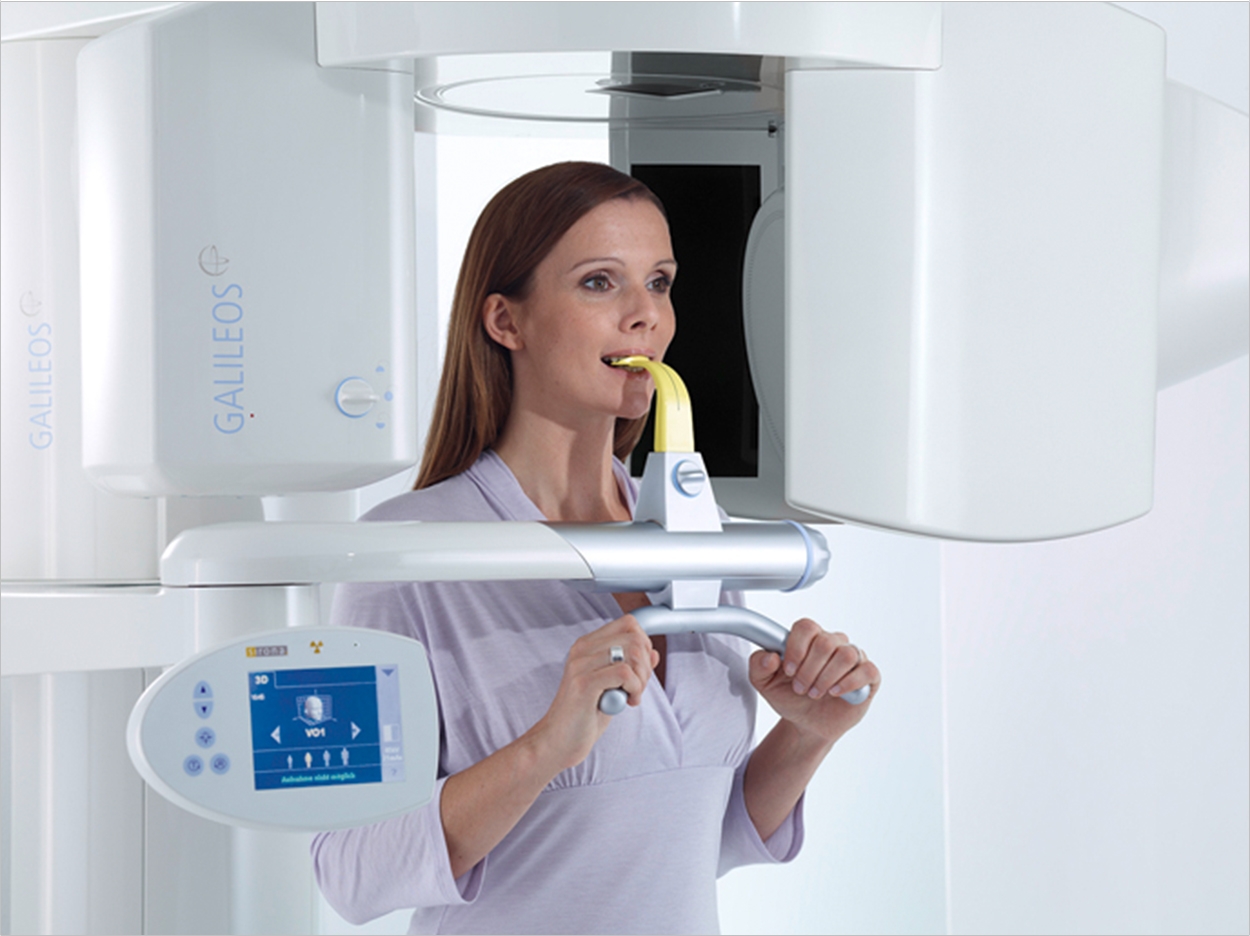
Imaging technologies are essential tools for every dental practice. And as patients demand more accurate diagnoses, new devices will emerge to meet their needs, driving the market to lucrative growth. In fact, Grand View Research expects the global dental x-ray market to reach $2.4 billion by 2024, while Research and Markets and Technavio both expect the dental CBCT market to increase at a compound annual growth rate (CAGR) of more than 12% through 2020.
Grand View Research attributes the x-ray market’s expected 8.5% CAGR to the surging incidence of dental diseases such as periodontitis and dental caries, rising demand for digital x-rays in oral disease treatments, myriad technological advances that have revolutionized obsolete imaging modalities, and other demographic determinants. However, the company also expects the high cost of digital radiography systems to restrain the sector’s growth.
Due to the high prevalence of oral and gum-related diseases in the region, North America was the highest grossing x-ray market, according to Grand View Research. The Asia-Pacific region will be the fastest growing market during the forecast period, due to the steep rise in healthcare spending there. Overall, digital x-ray systems are gaining significant popularity, though analog systems continue to exist at large.
Furthermore, Grand View Research notes that the CBCT segment of the market has recorded the highest growth rate among all extraoral radiography systems. These devices have been outstripping the growth of cephalometric and panoramic systems due to their ability to provide images with increased clarity of contrasting structures, allowing better diagnosis, the company reports.
Meanwhile, Research and Markets states, the private practice model for dentistry is attracting many venture capitalists, with foreign companies investing more in private dental clinics and laboratories. These investors are fostering growth by installing advanced dental imaging technologies such as CBCT in the practices they are investing in. Also, many dental specialty hospitals and laboratories now use CBCT to increase their professional competency.
Technavio agrees that many dentists and specialty hospitals have been adopting CBCT imaging techniques to increase their professional competency. Along with increased public acceptance, the company says, the procedure is becoming standard for orthodontic and endodontic cases. Confidence in the technology, the presence of quality dentists, and well-equipped dental clinics are driving more patients to opt for necessary corrective and cosmetic procedures too.
The Americas led the global dental CBCT market in 2015 and likely will dominate it over the next 4 years, Technavio said, due to the number of dental implant procedures and radical improvements in dentomaxillofacial surgeries there. Implants, orthodontics, endodontics, and periodontics represent the top revenue-generating application segments in the global dental CBCT market, with competition driven by advances in technology and product upgrades.
“There is a growing need for quality 3-D imaging software to get a proper understanding of the oral structure to provide better quality implants. Studies have found that CBCT combined with 2-D radiography could help complex dental implant procedures, where a 3-D image helps to understand the exact oral structure,” said Srinivas Sashidhar, a lead analyst at Technvaio for medical imaging research.
CBCT imaging costs for dental implantation procedures can range from $350 to $600. While this brings in good revenue, Technavio says, vendors are looking to reduce this cost to attract more customers. So, companies are partnering with dental laboratories and direct sales and distribution of CBCT technologies to enable better treatment planning at a lower cost, adding more volume to the market.
Related Articles
CBCT Planning for Implant Dentistry
California Amends Handheld X-Ray Regulations
Imaging Reveals Bur Debris Under Composite Fillings












